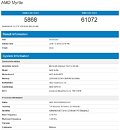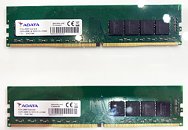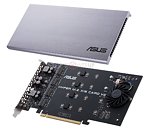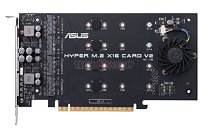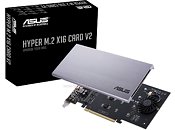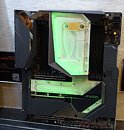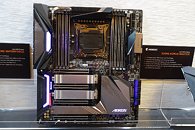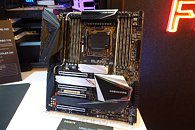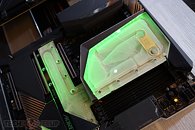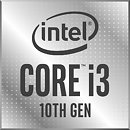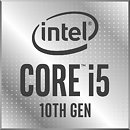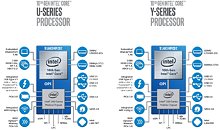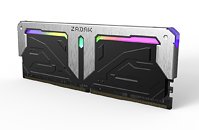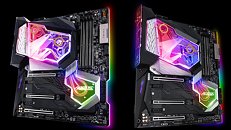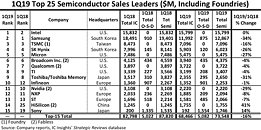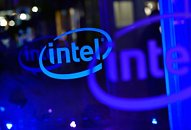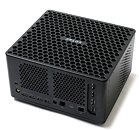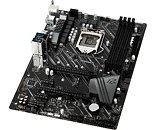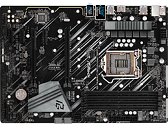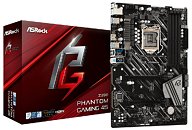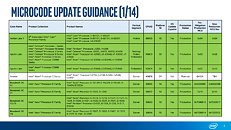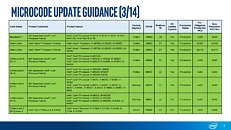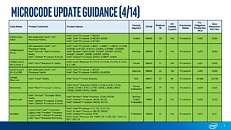
AMD's Upcoming $750 Ryzen 9 3950X (16C, 32T) Shown Beating Intel's $2,000 i9-9980XE (18C, 36T)
When we said AMD was readying a presentation on their Ryzen 9 3950X CPUs to awe crowds at E3, we weren't thinking of something of this magnitude. But apparently, it's true: a Geekbench test result has shown AMD's $750, 16 core, 32 thread Ryzen 9 9 3950X beating Intel's 18 core, 36 thread $2,000 i9-9980XE monster. Now, you may be thinking: ok, it beat it because of AMD's announced 4.7 GHz boost, and did so only on single threaded performance, obviously... but you would be wrong.
The Geekbench scores show AMD's Ryzen 9 3950X delivering 5,868 points in single, and 61,072 points in multicore workloads. Intel's i9-9980XE, on the other hand, scores just 5,391 single core, and 46,876 multicore points (on average and at stock clocks of 3,000 MHz base and 3,400 MHz boost). This is an incredible performance difference (particularly in the multicore score), and was apparently done with an engineering sample for AMD's upcoming chip that didn't even run at its announced 4.3 GHz base and 4.7 GHz boost clocks, but at 3.3 GHz and 4.3 GHz respectively. AMD's 105 W TDP, 16 core chip beats Intel's 185 W TDP, 18 core one... Where has the world come? Take the usual dosage of NaCl, and let's keep things in perspective - even if AMD's Ryzen 9 3950X equals, and doesn't beat, Intel's i9-9980XE, it's still a huge win for the red company. Almost as big a win as that huge stone on Lisa's hand.
The Geekbench scores show AMD's Ryzen 9 3950X delivering 5,868 points in single, and 61,072 points in multicore workloads. Intel's i9-9980XE, on the other hand, scores just 5,391 single core, and 46,876 multicore points (on average and at stock clocks of 3,000 MHz base and 3,400 MHz boost). This is an incredible performance difference (particularly in the multicore score), and was apparently done with an engineering sample for AMD's upcoming chip that didn't even run at its announced 4.3 GHz base and 4.7 GHz boost clocks, but at 3.3 GHz and 4.3 GHz respectively. AMD's 105 W TDP, 16 core chip beats Intel's 185 W TDP, 18 core one... Where has the world come? Take the usual dosage of NaCl, and let's keep things in perspective - even if AMD's Ryzen 9 3950X equals, and doesn't beat, Intel's i9-9980XE, it's still a huge win for the red company. Almost as big a win as that huge stone on Lisa's hand.
